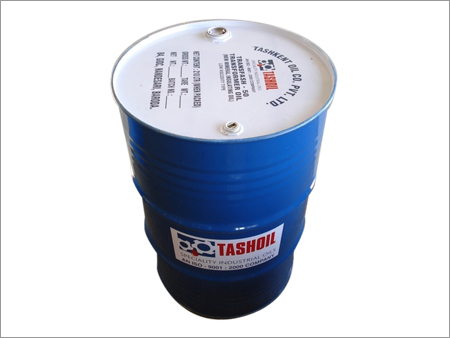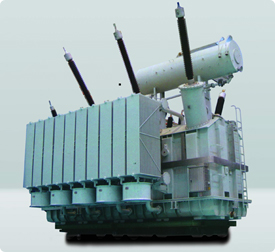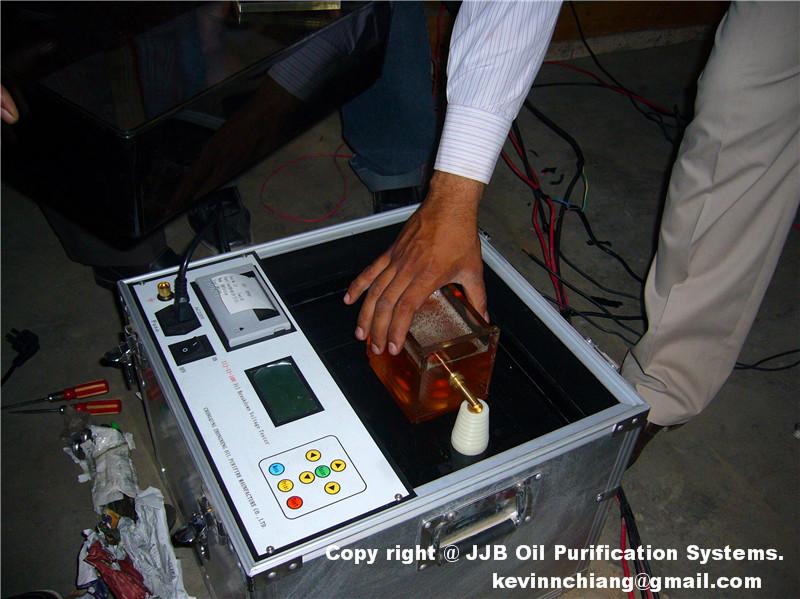- Product Catagory
- Contact Us
- Tel:0086 23 8823 9845, Mobile: 0086-135-2739-0908,
- Fax:0086 23 8823 9845
- Contact:Mr. Kevin Dube
 sales@fuoo.net
sales@fuoo.net sales@oil-filtration-engineering.com
sales@oil-filtration-engineering.com- Skype
 kevinnchiang
kevinnchiang
- Transformer oil introduction (From Wikipedia)
Transformer oil or insulating oil is usually a highly-refined mineral oil that is stable at high temperatures and has excellent electrical insulating properties. It is used in oil-filled transformers, some types of high voltage capacitors, fluorescent lamp ballasts, and some types of high voltage switches and circuit breakers. Its functions are to insulate, suppress corona and arcing, and to serve as a coolant.

Explanation
The oil helps cool the transformer. Because it also provides part of the electrical insulation between internal live parts, transformer oil must remain stable at high temperatures for an extended period. To improve cooling of large power transformers, the oil-filled tank may have external radiators through which the oil circulates by natural convection. Very large or high-power transformers (with capacities of thousands of KVA) may also have cooling fans, oil pumps, and even oil-to-water heat exchangers.
Large, high voltage transformers undergo prolonged drying processes, using electrical self-heating, the application of a vacuum, or both to ensure that the transformer is completely free of water vapor before the cooling oil is introduced. This helps prevent corona formation and subsequent electrical breakdown under load.
Oil filled transformers with a conservator (an oil tank above the transformer) tend to be equipped with Buchholz relays. These are safety devices that detect the build up of gases (such as acetylene) inside the transformer (a side effect of corona or an electric arc in the windings) and switch off the transformer. Transformers without conservators are usually equipped with sudden pressure relays, which perform a similar function as the Buchholz relay.
The flash point (min) and pour point (max) are 140 °C and −6 °C respectively. The dielectric strength of new untreated oil is 12 MV/m (RMS) and after treatment it should be >24 MV/m (RMS).
Oil transformer
Large transformers for indoor use must either be of the dry type, that is, containing no liquid, or use a less-flammable liquid.
Well into the 1970s, polychlorinated biphenyls (PCB)s were often used as a dielectric fluid since they are not flammable. They are toxic, and under incomplete combustion, can form highly toxic products such as furan. Starting in the early 1970s, concerns about the toxicity of PCBs have led to their banning in many countries.

Today, non-toxic, stable silicon-based or fluorinated hydrocarbons are used, where the added expense of a fire-resistant liquid offsets additional building cost for a transformer vault. Combustion-resistant vegetable oil-based dielectric coolants and synthetic pentaerythritol tetra fatty acid (C7, C8) esters are also becoming increasingly common as alternatives to naphthenic mineral oil. Esters are non-toxic to aquatic life, readily biodegradable, and have a lower volatility and a higher flash points than mineral oil.
Testing and oil quality
Transformer oils are subject to electrical and mechanical stresses while a transformer is in operation. In addition there is contamination caused by chemical interactions with windings and other solid insulation, catalyzed by high operating temperature. As a result the original chemical properties of transformer oil changes gradually, rendering it ineffective for its intended purpose after many years. Hence this oil has to be periodically tested to ascertain its basic electrical properties, and make sure it is suitable for further use or necessary actions like filtration/regeneration has to be done. These tests can be divided into:
- Dissolved gas analysis
- Furan analysis
- PCB analysis
- General electrical & physical tests:
-
Color & Appearance
-
Water Content
-
Acidity (Neutralization Value)
-
Dielectric Dissipation Factor
-
Resistivity
-
Sediments & Sludge
-
Interfacial Tension
-
Flash Point
-
Pour Point
-
Density
-
Kinematic Viscosity
The details of conducting these tests is available in standards released by IEC, ASTM, IS, BS, and testing can be done by either of the methods. The Furan and DGA tests are specifically not for determining the quality of transformer oil, but for determining any abnormalities in the internal windings of the transformer or the paper insulation of the transformer, which cannot be otherwise detected without a complete overhaul of the transformer. Suggested intervals for these test are:
- General and physical tests - bi-yearly
- Dissolved gas analysis - yearly
- Furan testing - once every 2 years, subject to the transformer being in operation for min 5 years.
Polychlorinated biphenyls were extensively used in indoor, fire-resistant, liquid-filled transformers until they were banned in 1979 in the US. Since PCB and transformer oil are miscible in all proportions, and since sometimes the same equipment (drums, pupmps, hoses, and so on) was used for either type of liquid, contamination of oil-filled transformers is possible. Even a beer-can full of PCB in a large substation transformer can cause it be reclassified as a PCB hazard, exceeding the 50 parts per million limit. As a consequence, field and laboratory testing for PCB contamination is a common practice. Common brand names for PCB liquids include "Askarel", "Inerteen", "Aroclor" and many others.
On-site testing
Some transformer oil tests can be carried out in the field, using portable test apparatus. Other tests, such as dissolved gas, normally require a sample to be sent to a laboratory. Electronic on-line dissolved gas detectors can be connected to important or distressed transformers to continually monitor gas generation trends.
To determine the insulating property of the dielectric oil, an oil sample is taken from the device under test, and its breakdown voltage is measured on-site according the following test sequence:
- In the vessel, two standard-compliant test electrodes with a typical clearance of 2.5 mm are surrounded by the insulating oil.

- During the test, a test voltage is applied to the electrodes. The test voltage is continuously increased up to the breakdown voltage with a constant slew rate of e.g. 2 kV/s.
- Breakdown occurs in an electric arc, leading to a collapse of the test voltage.
- Immediately after ignition of the arc, the test voltage is switched off automatically.
- Ultra fast switch off is crucial, as the energy that is brought into the oil and is burning it during the breakdown, must be limited to keep the additional pollution by carbonisation as low as possible.
- The root mean square value of the test voltage is measured at the very instant of the breakdown and is reported as the breakdown voltage.
- After the test is completed, the insulating oil is stirred automatically and the test sequence is performed repeatedly.
- The resulting breakdown voltage is calculated as mean value of the individual measurements.
Key search words: Vacuum Oil Purifier, Industrial lubricant Oil Filtration, Hydraulic Oil Cleaning, Gear-box Oil Recycling, Compressor Oil Filtering Plant, Coolant Oil Treatment Machine, Diesel Oil Purification, Oil Regeneration, Oil Purifying Plant , Transformer Oil Filtration System, Insulating Oil Treatment Machine, Dielectric Oil Reconditioning Machine, Oil Regeneration, Oil Restoration, Oil Re-processing, Transformer Oil Purification System, Oil Flushing Equipment, Vacuum Oil Dehydration and Degasification Unit
- [Close] [Print] Time:2011/12/9
- Home | About us | Products | Factory View | FAQ | News | Feedback | Contact us |
- Address:No. 5 Hongshi Street, Jiulongpo District, Chongqing, China
- Tel:0086 23 8823 9845, Mobile: 0086-135-2739-0908, Fax:0086 23 8823 9845
